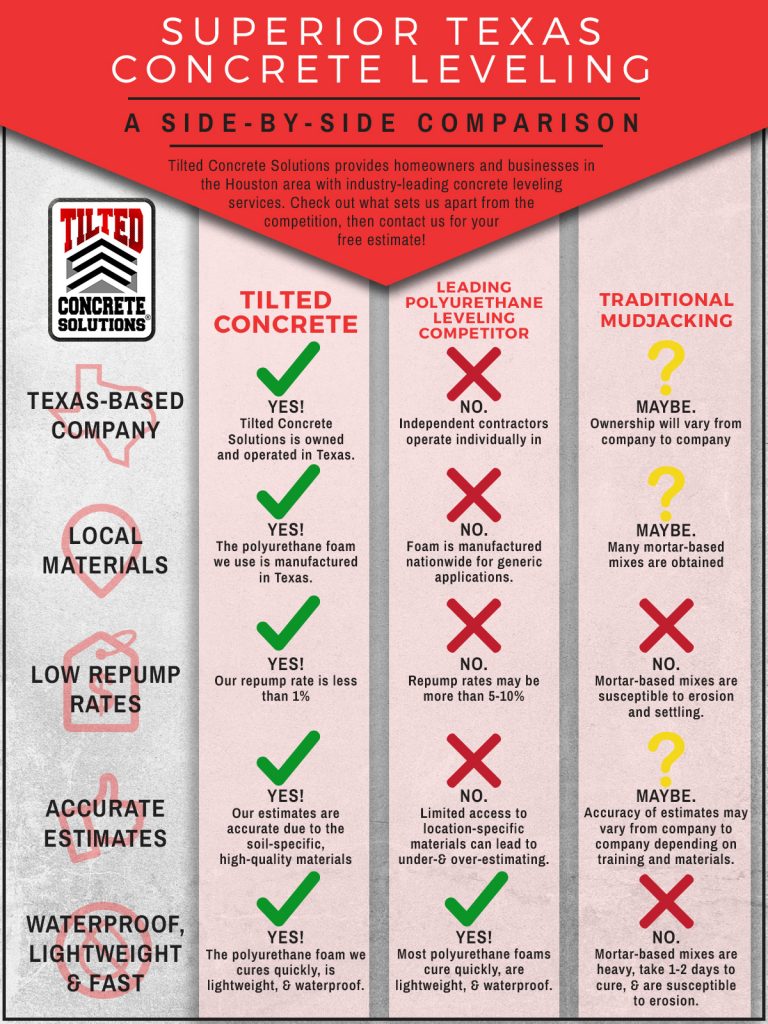Explore The Role Of Seasonal Factors In The Success Of Business External Painting And Uncover The Best Times To Secure Long-Term Results For Your Project
Explore The Role Of Seasonal Factors In The Success Of Business External Painting And Uncover The Best Times To Secure Long-Term Results For Your Project
Blog Article
Material Writer-Doherty Decker
When you're intending a commercial external painting task, seasonal aspects can make or break your results. You'll wish to take into consideration exactly how temperature level and humidity influence paint application and drying times. Choosing the appropriate season can guarantee your paint sticks appropriately and lasts much longer. However which seasons are truly the best for this kind of work? Allow's discover the key elements that can impact your job's success.
The Influence of Temperature Level on Paint Application
When you're planning a commercial external painting project, the temperature can substantially impact just how well the paint sticks and dries out.
Ideally, you intend to paint when temperature levels vary in between 50 ° F and 85 ° F. If it's as well cool, the paint may not cure correctly, causing concerns like peeling or cracking.
On the other hand, if it's too hot, the paint can dry too rapidly, preventing correct bond and leading to an uneven coating.
You ought to likewise think about the moment of day; early morning or late afternoon offers cooler temperatures, which can be more favorable.
Always examine the supplier's referrals for the specific paint you're making use of, as they typically supply advice on the ideal temperature array for ideal results.
Moisture and Its Effect on Drying Times
Temperature level isn't the only ecological variable that affects your commercial outside painting task; humidity plays a considerable function also. High moisture degrees can decrease drying out times dramatically, influencing the general top quality of your paint job.
When the air is filled with wetness, the paint takes longer to treat, which can bring about concerns like bad bond and a greater threat of mold growth. If you're repainting on a specifically humid day, be planned for extensive delay times between layers.
It's crucial to check neighborhood weather and strategy appropriately. Preferably, go for humidity degrees between 40% and 70% for optimum drying.
Maintaining these consider mind ensures your task stays on track and provides an enduring coating.
Best Seasons for Commercial Exterior Painting Projects
What's the most effective season for your business external paint jobs?
Spring and early fall are normally your best choices. During these periods, temperatures are light, and moisture levels are usually lower, developing perfect conditions for paint application and drying.
Stay clear of summertime's intense heat, which can create paint to dry too promptly, resulting in bad bond and surface. Similarly, winter months's cold temperature levels can prevent proper drying out and healing, risking the long life of your paint task.
Aim for days with temperature levels in between 50 ° F and 85 ° F for optimum outcomes. Keep in mind to examine the neighborhood weather forecast for rain, as damp conditions can spoil your task.
Planning around these factors ensures your paint task runs efficiently and lasts much longer.
Conclusion
Finally, planning your industrial exterior paint projects around seasonal factors to consider can make a considerable difference in the outcome. By scheduling work during the optimal temperature levels and humidity degrees, you'll make sure better attachment and drying times. Remember to keep an eye on regional weather report and pick the right time of year-- springtime and early autumn are your best choices. Taking https://patch.com/massachusetts/boston/massachusetts-homeowners-guide-exterior-house-painting will help you achieve a sturdy and professional finish that lasts.
